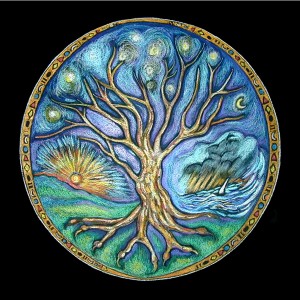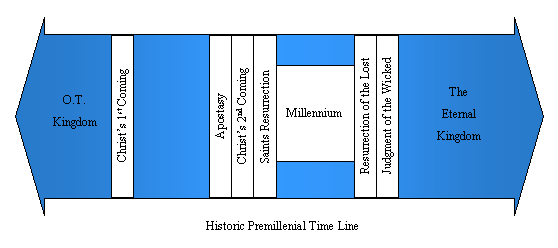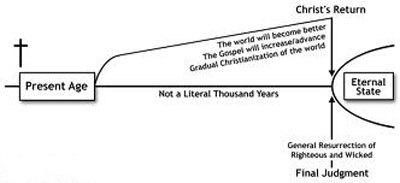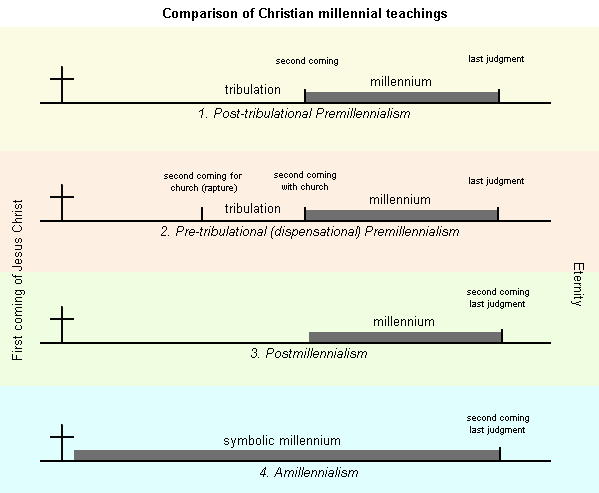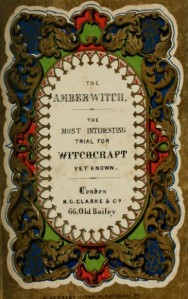By Cris D. Putnam
Everyone, believer or non-believer, is naturally born once and will die naturally once. This is apparent to all and is noncontroversial. But the biblical worldview includes a supernatural component which is not seen by the natural man. There are two additional possibilities, one of which will occur, depending on one’s spiritual status relating to Jesus Christ. These two conditional supernatural events are difficult to accept.
The natural person does not accept the things of the Spirit of God, for they are folly to him, and he is not able to understand them because they are spiritually discerned.(1 Co 2:14)
It wasn’t always this way. God created man in a state of spiritual communion which entailed an intimate connection to him. Adam’s fall into disobedience ruined that intimacy and put mankind under a curse (Gen 3:14-19). But notice neither Adam nor Eve were struck dead instantly when God pronounced the curse upon them and the creation. It seems that the physical nature of death was always a logical possibility because God had put two trees in the garden. One was the tree of knowledge of good and evil and the other was the tree of life. Adam and Eve were not immortal beings; it was the tree of life that sustained them. This can be deduced from the account that God saw physical death as a merciful release from their fallen state.
“Then the Lord God said, “Behold, the man has become like one of us in knowing good and evil. Now, lest he reach out his hand and take also of the tree of life and eat, and live forever—” therefore the Lord God sent him out from the garden of Eden to work the ground from which he was taken. He drove out the man, and at the east of the garden of Eden he placed the cherubim and a flaming sword that turned every way to guard the way to the tree of life.(Ge 3:22–24)
In this way, natural death is a blessing but only if you are in the book of life (Phil 1:21). When one is moved on by the Holy Spirit, repents of their sins and convinced by the evidence for Jesus’ resurrection, one is “born again” and released from the second death. Jesus explains this to Nicodemus in John 3:
“Jesus answered, “Truly, truly, I say to you, unless one is born of water and the Spirit, he cannot enter the kingdom of God. That which is born of the flesh is flesh, and that which is born of the Spirit is spirit. Do not marvel that I said to you, ‘You must be born again.’ The wind blows where it wishes, and you hear its sound, but you do not know where it comes from or where it goes. So it is with everyone who is born of the Spirit.”(Jn 3:5–8)
When one believes the good news of Jesus resurrection, one’s name is written in the book of life:
“Blessed and holy is the one who shares in the first resurrection! Over such the second death has no power, but they will be priests of God and of Christ, and they will reign with him for a thousand years.”(Re 20:6)
If one rejects this good news and chooses not to accept Jesus resurrection, one gains a second death.
“And I saw the dead, great and small, standing before the throne, and books were opened. Then another book was opened, which is the book of life. And the dead were judged by what was written in the books, according to what they had done. And the sea gave up the dead who were in it, Death and Hades gave up the dead who were in them, and they were judged, each one of them, according to what they had done. Then Death and Hades were thrown into the lake of fire. This is the second death, the lake of fire. And if anyone’s name was not found written in the book of life, he was thrown into the lake of fire.(Re 20:12–15)
So whether you are believer or an unbeliever you are going gain a supernatural element: a second birth or a second death. If you earnestly seek God, he will reward your faith (Heb 11:6).
Because, if you confess with your mouth that Jesus is Lord and believe in your heart that God raised him from the dead, you will be saved.
(Ro 10:9)
